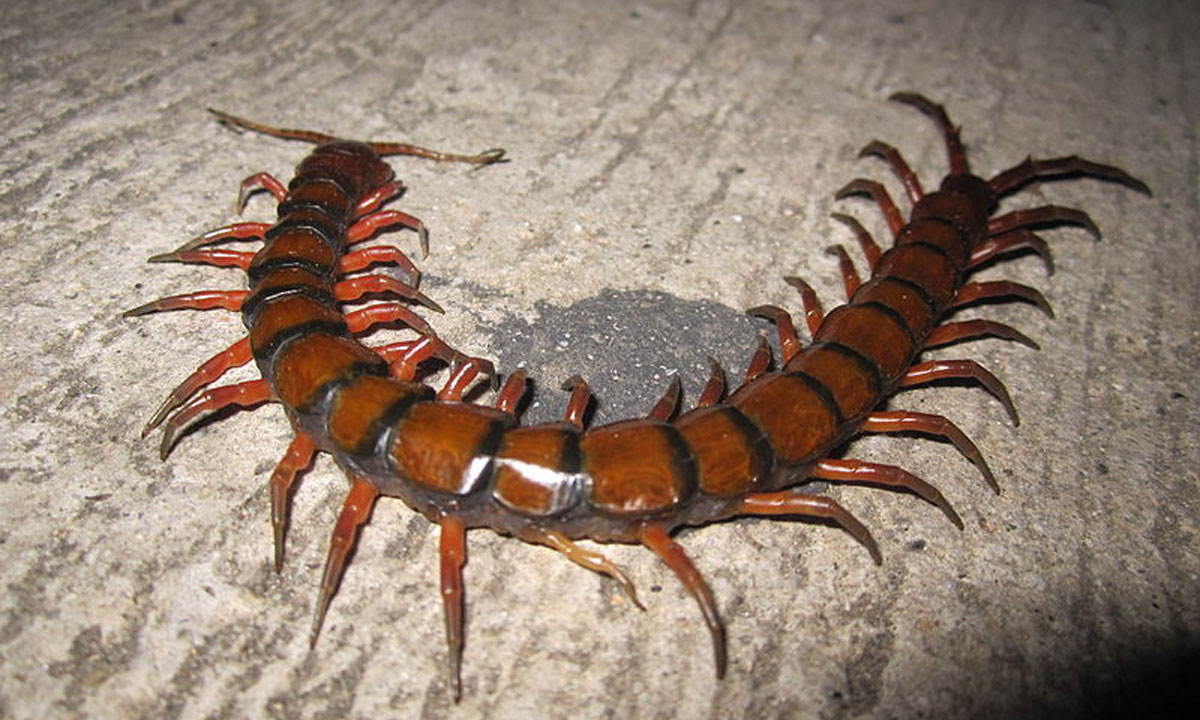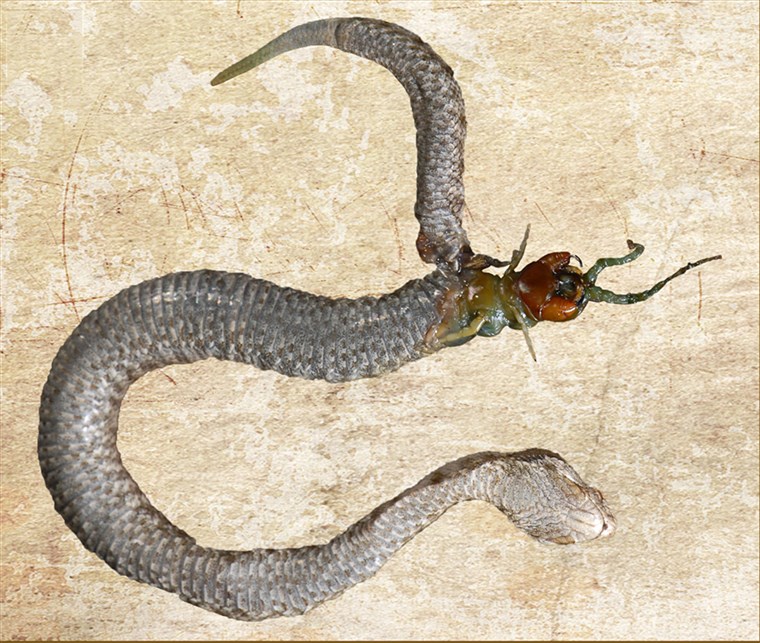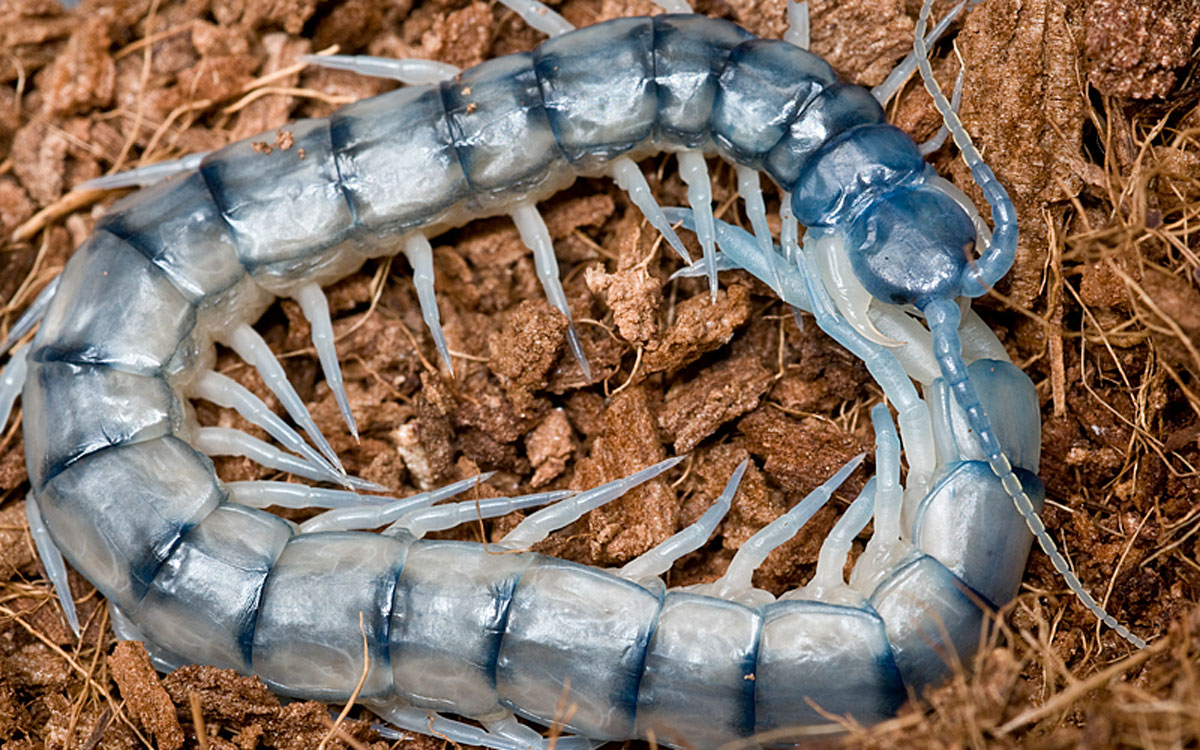
If insects terrify you, then a group of giant centipedes that can kill and eat prey 15 times their size may just be your worst nightmare.
With their potent venom and abundance of legs, regular-sized centipedes are already pretty scary. But species from the genus Scolopendra are capable of reaching incredibly large sizes—and they’ve got an appetite to match.
The biggest of them all, Scolopendra gigantea, can stretch over 17 inches (43 centimeters) long, making it the largest living centipede species ever discovered.

Native to parts of South America and the Caribbean, these foot-long carnivores prey on a wide variety of animals. Large insects, tarantulas, scorpions, lizards and frogs are par for the course, but they’ve also been known to kill and eat birds, mice, bats and even snakes.

Like all centipedes, they use a pair of specialized pincer-like appendages, known as forcipules, to grasp victims and inject their venom. But giant centipedes take this a step further, even going so far as holding heavy bats while dangling from cave ceilings by just a few legs.
Basically, anything they can overpower is fair game for these opportunistic predators.
But before you go sighing in relief that you’re a human, hold on. Run-ins with people, though pretty rare, can be deadly. That’s because of a powerful toxin in their venom that simultaneously disrupts cardiovascular, respiratory, muscular, and nervous systems, and causes rapid paralysis, then death in their usual-sized prey.
In most cases with humans, the bite causes intense pain and symptoms like localized swelling, fever and nausea. But people have also reportedly died after being bitten, including a four-year-old from Venezuela who was bitten by a giant centipede hidden inside a soda can.

Though slightly smaller, there are at least 98 other centipede species from the genus — many of which are brightly colored and just as terrifying.
A team of biologists in Thailand observed a Scolopendra dawydoffi centipede eating a triangled black-headed snake while its victims laid eggs. And there’s this horrifying video of a Chinese red-headed centipede (Scolopendra subspinipes mutilans) subduing a mouse 15 times its size in under 30 seconds.
By the way, just in case you thought you were safe in the water — back in 2016, scientists discovered a “horrific-looking” new species from Southeast Asia that swims like an eel and is believed to hunt underwater. Named Scolopendra cataracta, it’s the world’s first known amphibious centipede.
And to round this out, here’s a video of one taking down a snake in under 3 minutes! Watch below:




